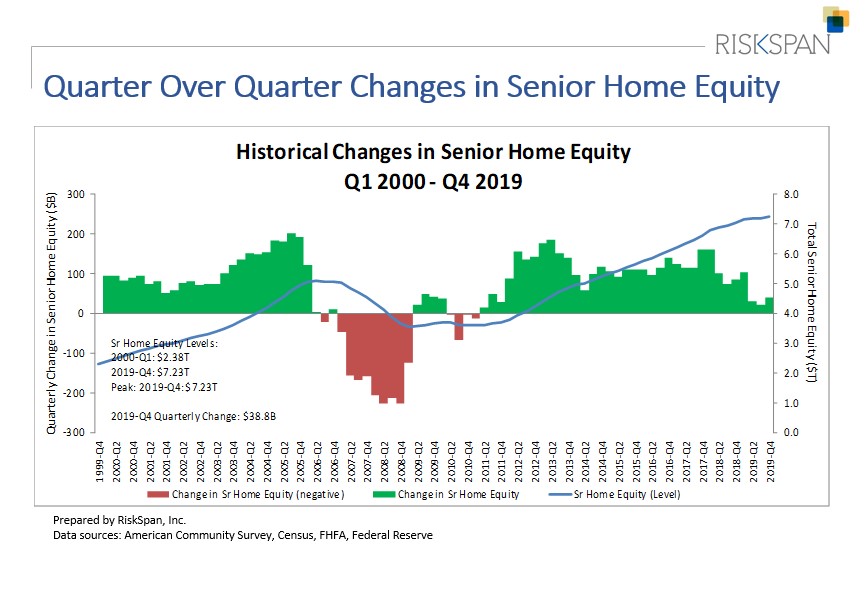It may sound trite now, but it’s still painfully true: COVID-19 has changed our world in unprecedented ways. And it’s continuing to have a paralyzing effect on REALTORS® in ways no one could have imagined.
Many changes spurred by the pandemic likely won’t go away, even when restrictions are lifted. Trends toward remote sales, staged and live video home tours, and a mobile experience—especially among millennial and Gen-Z house hunters—will continue to challenge the sector.
But here’s the thing: REALTORS® aren’t the type who give up easily. They’re always ready to take on a challenge and push through to the goal line.
So what’s something you can you do now to ensure you keep your business growing and ahead of these challenges? Easy. Leverage verified real estate technology tools so you can meet buyers and sellers where they are and where they want to be: their phones.
To gain a competitive edge in today’s market, it’s important to offer more than just a standard video tour that anyone can do with a phone. The professionals who will truly stand out from the crowd will be the ones who go the extra mile (or rather, megabyte) for their clients.
Here are some quick tips:
Encourage clients to share a digital checklist of their must-see items beforehand so you can be sure to complete them during the tour.
Tag key points during the livestream so you can give clients one-click access to them in the post-tour video replay.
Provide clients with a way to find and scope out properties of interest without requiring MLS access.
And if you really want to differentiate yourself? Use a single solution that consolidates everything you need and is designed for real estate. That way, you can give your clients a unified and value-driven experience with your homes and avoid important messages getting spread out (and lost) across different apps.
A great example of this is a new smartphone app called HomeRover that launched in April. Available for both Apple and Android devices, HomeRover is free for buyers and REALTORS® (there’s a nominal fee of $4.95/month to host tours). Everything you and your clients need is built right into the app.




